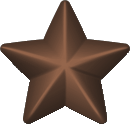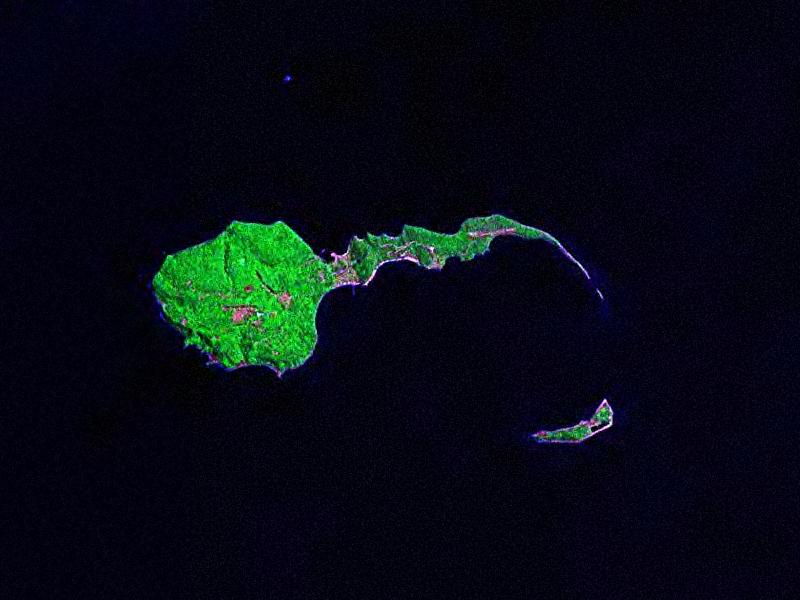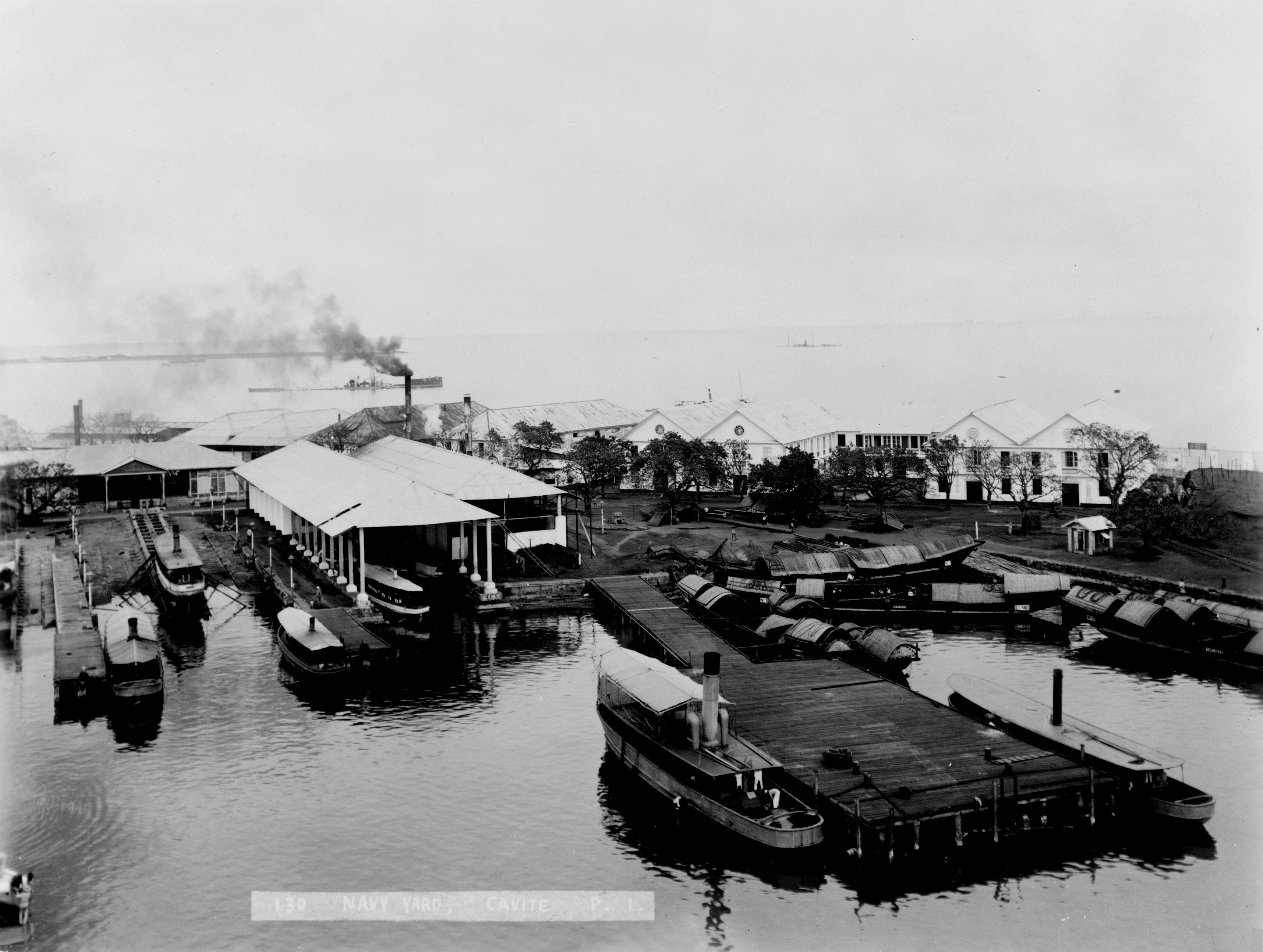|
Ranger (1940)
''Ranger'' was an ocean-going tugboat commandeered by the United States Navy during the Second World War. History She was laid down at the Hong Kong and Whampoa Dock Company Ltd. for the Luzon Stevedoring Company Ltd. Inc of Manila. She was in Hong Kong on 2 December 1941 when she was ordered to return to Manila with the Asiatic Fleet's Yangtze Patrol river gunboat USS ''Mindanao''. She was loaded with 800 rounds of 3-inch shells and split 250,000 rounds of .30 caliber cartridges with ''Mindanao''. The gunboat left in advance of her and was nearly lost to harsh seas. ''Ranger'' made Manila soon after ''Mindanao''. On 10 December 1941, the United States Navy commandeered ''Ranger'', and assigned her to the Asiatic Fleet, 16th Naval District. She was assigned to the Inshore Patrol under Captain Kenneth M. Hoeffel.Gordon, p.120 The Inshore Patrol was a rag-tag assemblage of vessels tasked with moving supplies and personnel and patrolling Manila Bay and the east coast of the bes ... [...More Info...] [...Related Items...] OR: [Wikipedia] [Google] [Baidu] |
United States Of America
The United States of America (U.S.A. or USA), commonly known as the United States (U.S. or US) or America, is a country primarily located in North America. It consists of 50 states, a federal district, five major unincorporated territories, nine Minor Outlying Islands, and 326 Indian reservations. The United States is also in free association with three Pacific Island sovereign states: the Federated States of Micronesia, the Marshall Islands, and the Republic of Palau. It is the world's third-largest country by both land and total area. It shares land borders with Canada to its north and with Mexico to its south and has maritime borders with the Bahamas, Cuba, Russia, and other nations. With a population of over 333 million, it is the most populous country in the Americas and the third most populous in the world. The national capital of the United States is Washington, D.C. and its most populous city and principal financial center is New York City. Paleo ... [...More Info...] [...Related Items...] OR: [Wikipedia] [Google] [Baidu] |
Trabajador (1931)
''Trabajador'' was a tug launched in 1931 by Hong Kong & Whampoa Dock Co., Ltd. for Visayan Stevedore-Transportation Company and registered as a United States vessel in Iloilo, Philippines. Commercial service In 1935 the ''Trabajador'' took part in a rescue of survivors from British freighter that was wrecked in San Bernardino Strait. Fifty-two of the fifty-four passengers and crew aboard were rescued.U.S. destroyers and are also mentioned in the news article. Ianother article the coastwise Philippine vessel ''Governor Taft'' and Japanese ''Chicago'' (''Chicago Maru'' (1910)) are mentioned. United States Navy service The tug was commandeered by United States Navy and assigned to the 16th Naval District on 13 December 1941 under command of Lt. (jg.) Trose E. Donaldson, USNR as the war came to the Philippines. Although the tug was not formally commissioned by the U.S. Navy, it still served as a patrol boat tender in Manila Bay with the Base Section of the Navy's Inshore Patr ... [...More Info...] [...Related Items...] OR: [Wikipedia] [Google] [Baidu] |
1940 Ships
Year 194 ( CXCIV) was a common year starting on Tuesday (link will display the full calendar) of the Julian calendar. At the time, it was known as the Year of the Consulship of Septimius and Septimius (or, less frequently, year 947 ''Ab urbe condita''). The denomination 194 for this year has been used since the early medieval period, when the Anno Domini calendar era became the prevalent method in Europe for naming years. Events By place Roman Empire * Emperor Septimius Severus and Decimus Clodius Septimius Albinus Caesar become Roman Consuls. * Battle of Issus: Septimius Severus marches with his army (12 legions) to Cilicia, and defeats Pescennius Niger, Roman governor of Syria. Pescennius retreats to Antioch, and is executed by Severus' troops. * Septimius Severus besieges Byzantium (194–196); the city walls suffer extensive damage. Asia * Battle of Yan Province: Warlords Cao Cao and Lü Bu fight for control over Yan Province; the battle lasts for over 100 days ... [...More Info...] [...Related Items...] OR: [Wikipedia] [Google] [Baidu] |
Caballo Island
Caballo Island (which means "Horse Island" in Spanish) is a bluff, rocky island located at the entrance to Manila Bay in the Philippines. It is about long with the highest elevation at 381 feet high. Caballo, along with the larger Corregidor (2 km to the north), divides the entrance to the bay into two broad and deep channels, known as the North and South Channel.U.S. Coast and Geodetic Survey, "United States Coast Pilot Philippine Islands Part I", pp.71-72. Washington Government Printing Office, 1919. The whole island was formerly occupied by Fort Hughes, a U.S. defense fortification before World War II. It was heavily bombed during the war. Geological history Caballo and Corregidor Islands are believed to be the rims of the Corregidor Caldera. The gap between the two islands is only about 1/4 mile with a depth of 7 fathoms (42 feet, 12.8 meters) and is never used for large vessel navigation. In November 2014, Filipino peacekeepers from Liberia who were quarantined on ... [...More Info...] [...Related Items...] OR: [Wikipedia] [Google] [Baidu] |
Fort Hughes
Fort Hughes was built by the Philippine Department of the U.S. Army on Caballo Island in the Philippines in the early 1900s. The fort, which part of the Harbor Defenses of Manila and Subic Bays, was named for Major General Robert Patterson Hughes, a veteran of the American Civil War, Spanish–American War, and the Philippine–American War. History Spanish–American War A Spanish battery of three naval guns from the Spanish navy cruiser '' Velasco'' was on the eastern end of the island in 1898, but was not engaged in the Battle of Manila Bay. Construction The initial construction on Fort Hughes was largely complete by 1914 except the mortar battery, completed in 1919. The initial gun batteries were: Circa 1940 an antiaircraft battery of four guns on mobile mounts was added on the eastern end of the island, known as Battery Idaho. During 1941 Battery Williams was built, with three mobile guns on concrete " Panama mounts". At some time after the commencement of ho ... [...More Info...] [...Related Items...] OR: [Wikipedia] [Google] [Baidu] |
Corregidor
Corregidor ( tl, Pulo ng Corregidor, ) is an island located at the entrance of Manila Bay in the southwestern part of Luzon in the Philippines, and is considered part of the Province of Cavite. Due to this location, Corregidor has historically been fortified with coastal artillery batteries to defend the entrance of Manila Bay and Manila itself from attacks by enemy warships. Located inland, Manila is the nation's largest city and has been the most important seaport in the Philippines for centuries, from the colonial rule of Spain, Japan, and the United States, up through the establishment of the Third Philippine Republic in 1946. Corregidor ( Fort Mills) is the largest of the islands that formed the harbor defenses of Manila Bay, together with El Fraile Island (Fort Drum), Caballo Island ( Fort Hughes), and Carabao Island ( Fort Frank), which were all fortified during the American colonial period. The island was also the site of a small military airfield, as part of the def ... [...More Info...] [...Related Items...] OR: [Wikipedia] [Google] [Baidu] |
Naval Station Sangley Point
Naval Station Sangley Point was a communication and hospital facility of the United States Navy which occupied the northern portion of the Cavite City peninsula and is surrounded by Manila Bay, approximately eight miles southwest of Manila, the Philippines. The station was a part of the Cavite Navy Yard across the peninsula. The naval station had a runway that was built after World War II, which was used by U.S. Navy Lockheed P-2 Neptune, Lockheed P-3 Orion, and Martin P4M Mercator maritime patrol and anti-submarine warfare aircraft. An adjacent seaplane runway, ramp area and seaplane tender berths also supported Martin P5M Marlin maritime patrol aircraft until that type's retirement from active naval service in the late 1960s. NAS Sangley Point/NAVSTA Sangley Point was also used extensively during the Vietnam War, primarily for U.S. Navy patrol squadrons forward deployed from the United States on six-month rotations. The naval station was turned over to the Philippine govern ... [...More Info...] [...Related Items...] OR: [Wikipedia] [Google] [Baidu] |
BRP Banahaw (1908)
BRP ''Banahaw'' (ex-''Casiana'', ex-''Casandra'') was a British-built yacht that later served as the presidential yacht of the Commonwealth of the Philippines. History She was launched in on 19 February 1908 at the Greenock shipyard of Scotts Shipbuilding and Engineering Company (John & Robert Scott) for the benefit of R. A. Rainy of New York. She was christened ''Casandra''. She was purchased by the American oil tycoon Edward L. Doheny who renamed her ''Casiana'' after his first oil well in Mexico, ''Casiana No. 7''. In 1936, she was purchased by the Commonwealth of the Philippines for $50,000 and arrived in the Philippines on 25 November 1936. She was officially assigned to the Coast Guard although was primarily used as a presidential yacht. On December 29, 1941, she was attacked and sunk by Japanese aircraft while docked at the Fort Mills dock, Corregidor. History of her launch ''Baler'' Her personal launch, ''Baler'', was re-floated and repaired in December 1941. She served ... [...More Info...] [...Related Items...] OR: [Wikipedia] [Google] [Baidu] |
Patrol Torpedo Boat Q-112 Abra
''Q-112 Abra'' was a motor torpedo boat of the United States Army during World War II as part of the Offshore Patrol based at Manila. History In 1935, the Commonwealth Government passed the National Defense Act which was criticized because it did not include funding for a Commonwealth navy instead relying on the United States Asiatic Fleet. Determined to develop an indigenous naval defense, the government authorized the creation of its own naval patrol unit consisting of a squadron of three wooden-hull, fast patrol torpedo boats with the goal to reach 36 boats by 1946. To avoid overlap with the Asiatic Fleet, the unit was to be part of a new seagoing arm of the Philippine Army under the United States Army Forces in the Far East. On 9 February 1939, the Off Shore Patrol (OSP) was formed with its headquarters located at Muelle Del Codo, in the Port of Manila and was headed by U.S. Naval Academy graduate First Lieutenant Jose V. Andrada (namesake of the Jose Andrada-class patrol c ... [...More Info...] [...Related Items...] OR: [Wikipedia] [Google] [Baidu] |
Patrol Torpedo Boat Q-111 Luzon
''Q-111 Luzon'' was a motor torpedo boat of the United States Army during World War II as part of the Offshore Patrol based at Manila. History In 1935, the Commonwealth Government passed the National Defense Act. The Act was criticized because it did not include funding for a Commonwealth navy instead relying on the United States Asiatic Fleet. Determined to develop an indigenous naval defense, the government authorized the creation of its own naval patrol unit consisting of a squadron of three wooden-hull, fast patrol torpedo boats with the goal to reach 36 boats by 1946. To avoid overlap with the Asiatic Fleet, the unit was to be part of a new seagoing arm of the Philippine Army under the United States Army Forces in the Far East. On 9 February 1939, the Off Shore Patrol (OSP) was formed with its headquarters located at Muelle Del Codo, in the Port of Manila and was headed by U.S. Naval Academy graduate First Lieutenant Jose V. Andrada (namesake of the Jose Andrada-class patr ... [...More Info...] [...Related Items...] OR: [Wikipedia] [Google] [Baidu] |
Patrol Torpedo Boat PT-41
Patrol torpedo boat ''PT-41'' was a of the United States Navy, built by the Electric Launch Company of Bayonne, New Jersey. The boat was laid down as Motor Boat Submarine Chaser ''PTC-21'', but was reclassified as ''PT-41'' prior to its launch on 8 July 1941, and was completed on 23 July 1941. It was used to evacuate General Douglas MacArthur from Corregidor at the beginning of the war in the Pacific in World War II. Boat history ''PT-41'' served as the flagship of Motor Torpedo Boat Squadron Three, which was based in the Philippines from late 1941 to April 1942. The commander of Motor Torpedo Boats Squadron 3 was Lieutenant John D. Bulkeley, who became one of the U.S. Navy's most highly decorated officers. The Commander of PT 41 was Ensign George E. Cox, Jr., USNR. ''PT-41'' evacuated General (later General of the Army) Douglas MacArthur, Mrs. Jean MacArthur, Arthur MacArthur IV (their four-year-old son), Ah Cheu (Arthur's amah), Major General Richard K. Sutherland (Unite ... [...More Info...] [...Related Items...] OR: [Wikipedia] [Google] [Baidu] |
Patrol Torpedo Boat PT-34
Patrol torpedo boat ''PT-34'' was a of the United States Navy, built by the Electric Launch Company of Bayonne, New Jersey. The boat was laid down as Motor boat submarine chaser ''PTC-14'', but was reclassified as ''PT-34'' prior to its launch on 14 June 1941, and was commissioned on 12 July 1941. Service history ''PT-34'' was placed in service with Motor Torpedo Boat Squadron Two (PTRon 2), and was transferred to Motor Torpedo Boat Squadron Three (PTRon 3) on 12 August 1941. Under the command Lt(jg). Robert B. Kelly (also the executive officer of Motor Torpedo Boat Squadron Three), ''PT-34'' was based in the Philippines. On 17 December 1941, , a passenger ship loaded with 1,200 passengers, struck a mine off Corregidor and sank with a large loss of life. ''PT-34'', along with squadron mates and rescued some 280 survivors, who were distributed between Corregidor and French ship SS ''Si-Kiang''. On the night of 22 January 1942 during the Battle of the Points, Japanese troo ... [...More Info...] [...Related Items...] OR: [Wikipedia] [Google] [Baidu] |



.jpeg)
